19 Feb Waging war on worksheets
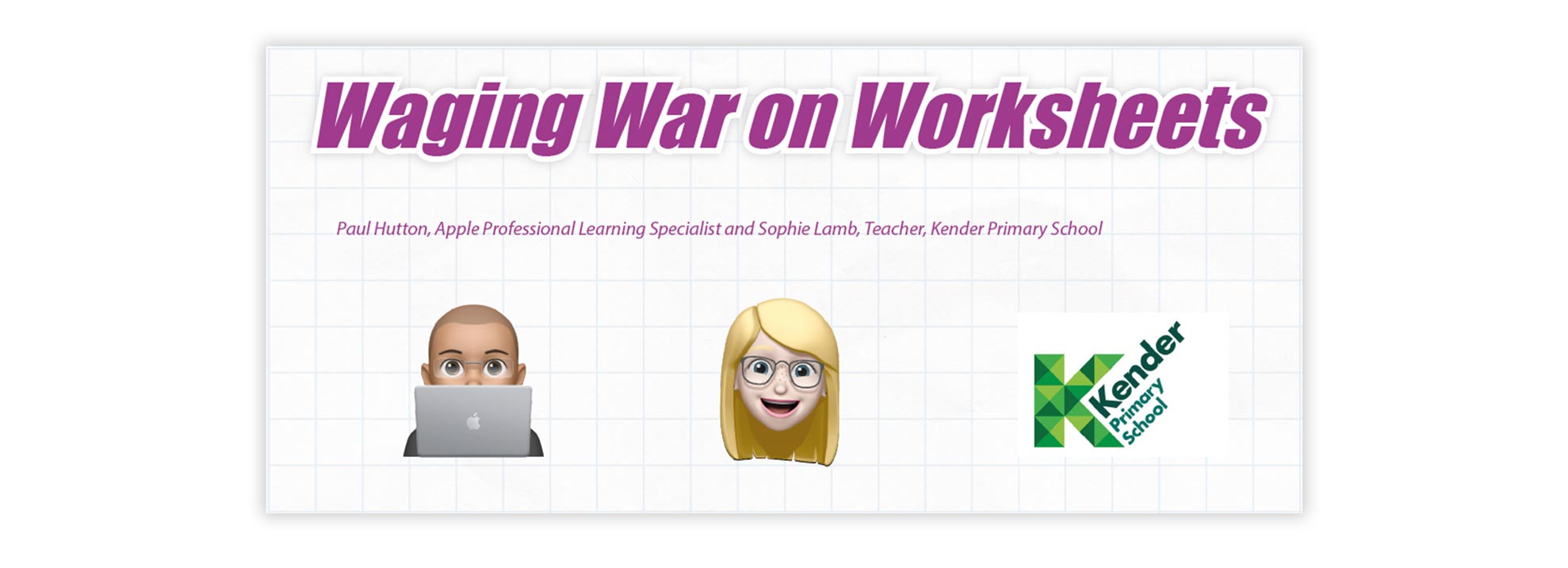
Many schools are in “JAM” mode. Just About Managing. Teachers are physically and emotionally exhausted at the end of each day. Leaders in schools have an almost impossible task at the moment. On the one hand, they are trying to preserve a sense of ‘normality’ – although there is a global recognition that there is no ‘going back to normal’ because ‘normal’ has gone. On the other hand, leaders are harnessing the opportunity to embrace change that is meaningful – or to quote the publication from the Education Endowment foundation, “change which is likely to be beneficial to learning”.
During lockdown 1.0 the photocopier stood unplugged and the budget for consumables lay un-plundered. And yet… learning happened. Great learning. Wonderful, unexpected and new learning. Schools no longer require or rely on the most commonplace of resources: the worksheet.
I am joined in this article by Sophie Lamb from Kender Primary School in Lewisham. We have been working together on ways to support staff with Apple technology in the curriculum using the model from Apple’s book “Innovation in Schools”. It exemplifies how change in school happens as a continuous cycle through Introduction – Integration – Innovation.
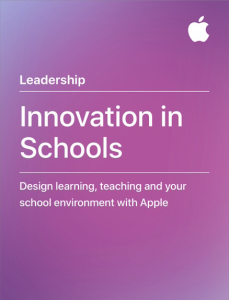
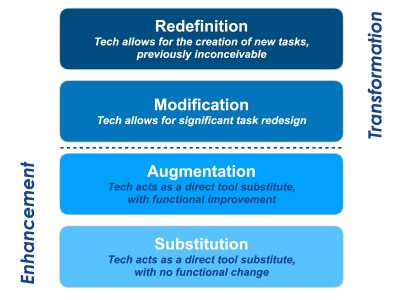
Together, we have underpinned our work using the SAMR model developed by Dr Ruben Puentedura in the early 2000s as a way of showing the impact of technology on teaching and learning. The model exemplifies how technology can pass through four distinct stages in its application in an educational context.
The SAMR model is often used in conjunction with Bloom’s Taxonomy, showing how technology can encourage the development of higher order thinking skills in preference to low order thinking skills often seen with more functional activities that have less “cognitive load.” (Enter stage left, the worksheet).
For this article we are going to refer to National Curriculum Science KS1 Programme of Study (Plants); Identify and describe the basic structure of a variety of common flowering plants, including trees. There is a myriad of sites with teaching resources linked to this topic. As an example:
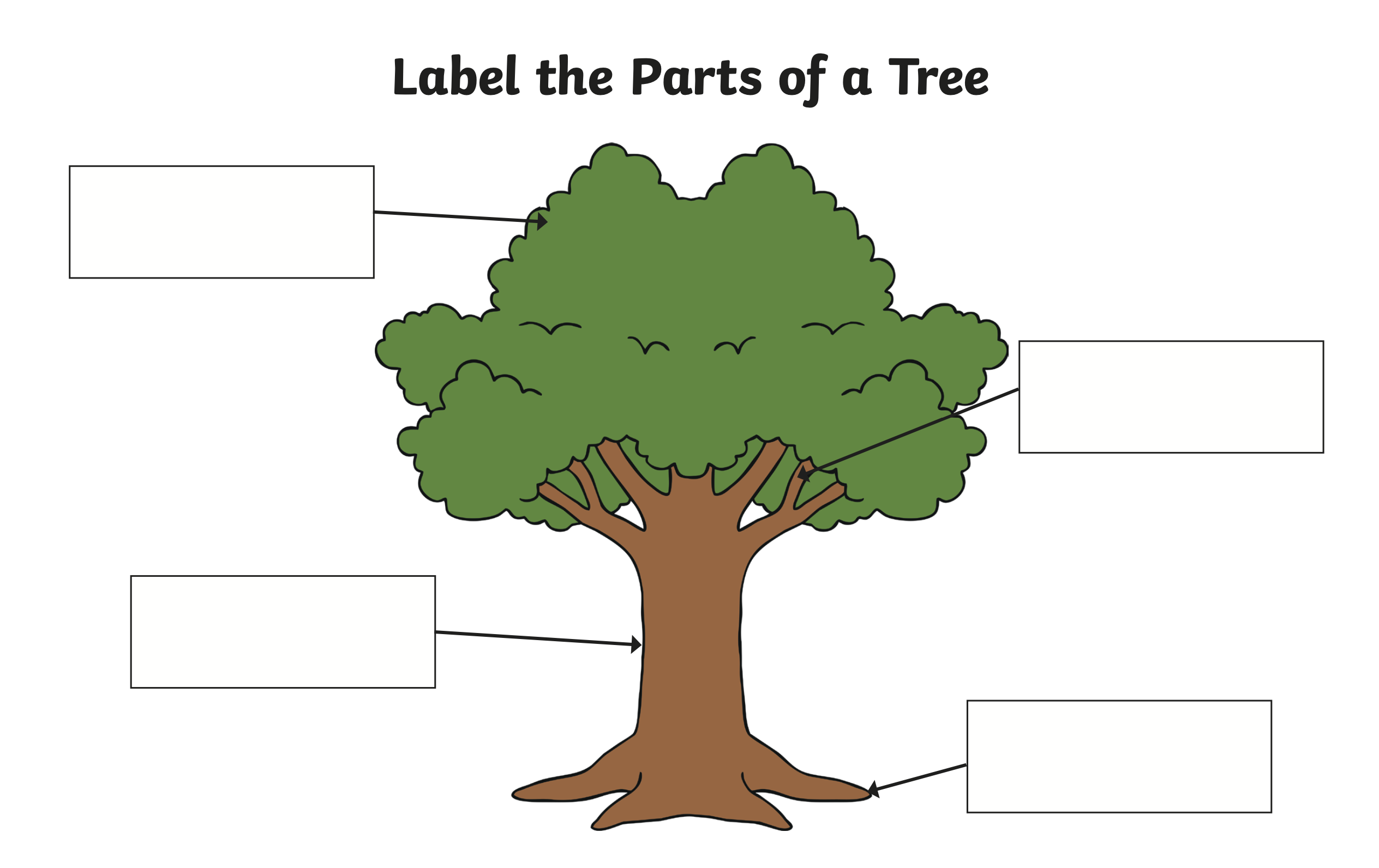
Consider the poor lot of the worksheet, painstakingly photocopied in preparation. Whilst this is supposed to be a science lesson and pupils should be exploring, observing, identifying and describing the parts of a plant, the design of the activity means that they might spend most of the lesson at their desks hacking and slashing with safety approved (non-cutting) scissors before gluing down remnants of a label on a weary, wrecked worksheet. And woe betide any pupil who forgets to write their name and the date.
Time to apply some SAMR principles. Note that what follows is simply exemplification at each stage, and shows a selection of different ways in which learning can be transformed.
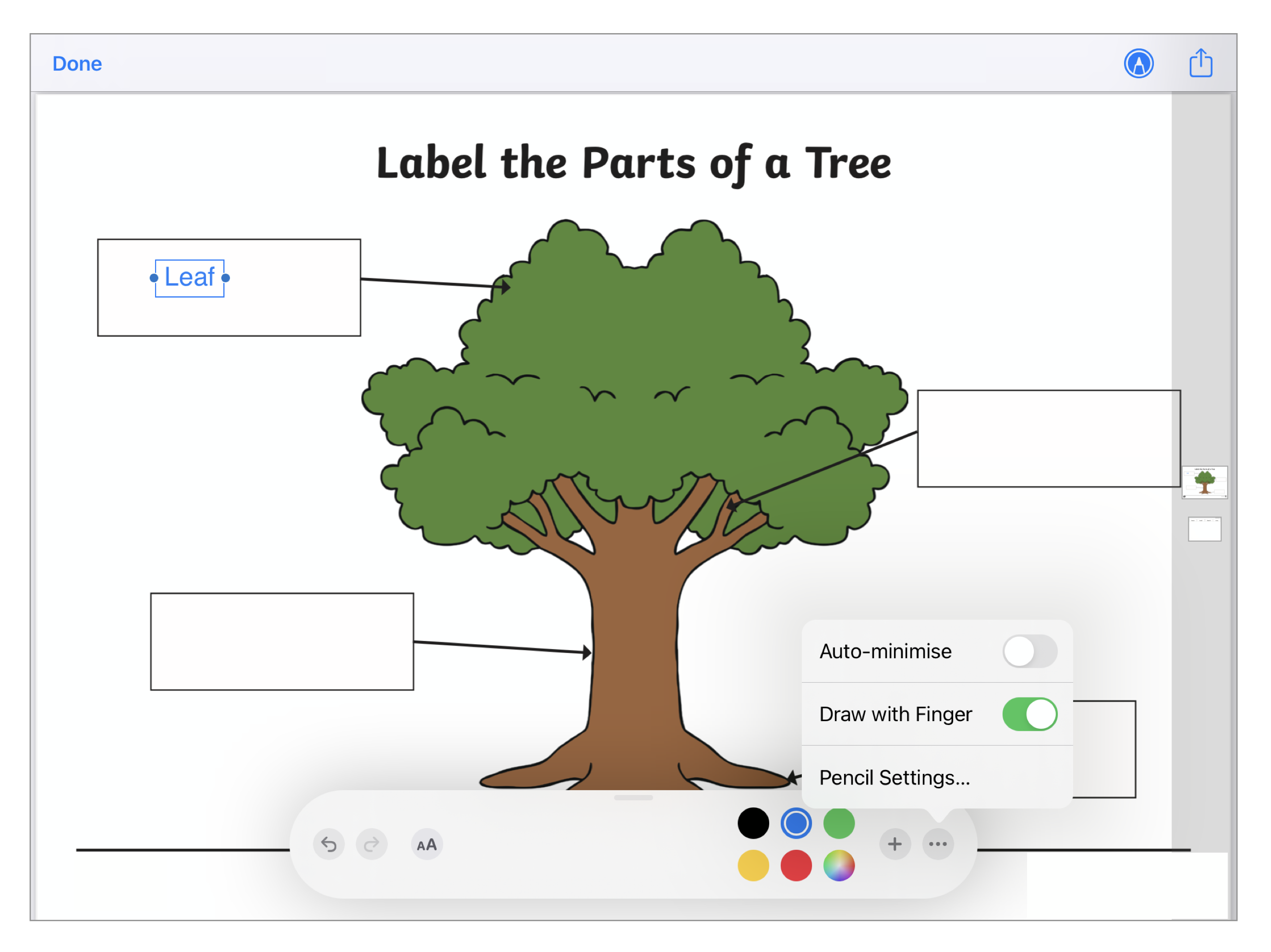
Substitution
This is the start of the journey introducing technology. All we are seeing is simple substitution- one thing swapped for another, with no real gain in learning. As I often tell teachers, “it is a place to start, but not to stay.” The teacher pushes the PDF to pupil iPads using Airdrop, Apple Classroom or Showbie. Pupils use Markup on their iPad to annotate the image. They can also be quickly shown how to enable ‘draw with finger’. Pupils can then submit their work back to the teacher’s iPad.
Augmentation
There should be an improvement offered by technology at this stage. The teacher imports the PDF into Keynote and locks it to prevent fidgety fingers from moving it. It is pushed out to the pupil iPad as above. Now it is in Keynote, the pupils can annotate as before. They can add voice recordings to articulate their understanding. With teacher encouragement to be curious and adventurous, these recordings may provide a deeper insight of individual pupil understanding- and identify gaps in knowledge.
Modification
At this stage, the teacher is aware of the potential of technology and seen the enhanced benefits in class. The teacher modifies their planning and the task.
They plan for greater learning and develop a teaching sequence that is reliant on technology because of the transformation that is possible. A core of apps might be integrated which leads to a creative outcome. This might take three or four or more lessons to achieve. In the example below, Showbie is core to the sharing of resources and feedback between pupils and the teacher.
Redefinition
At this stage, far deeper learning is achieved simply because the technology enables it to happen. No technology, no deep learning. Oh – and we need a real tree.
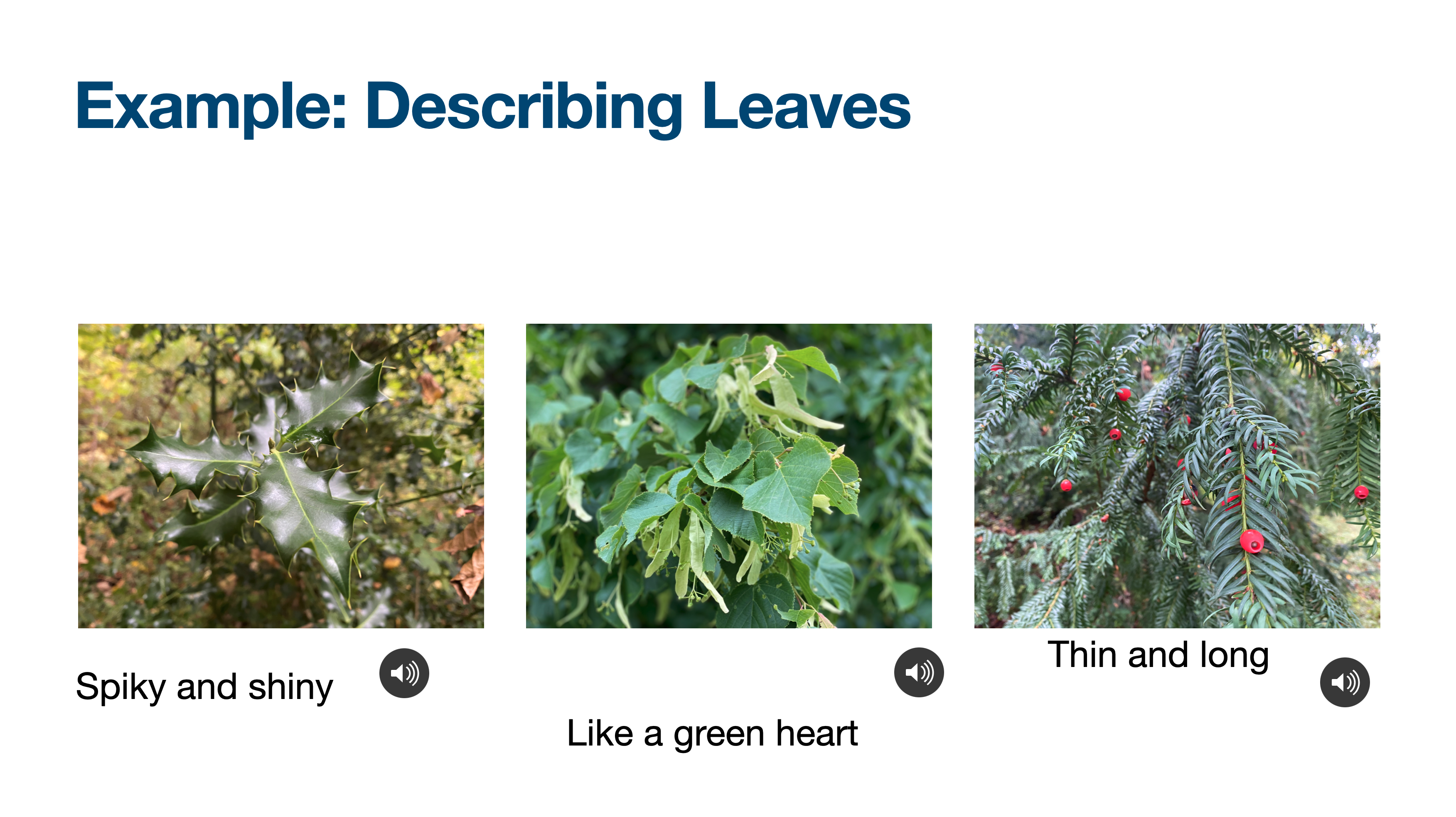

The teacher explains the lesson outline. The pupils go outside. They observe. They take their own photos of different trunks and different leaves. They assemble their photos and video clips into Keynote. They record their ideas and their questions. They compare and contrast.
They use correct scientific terminology. They ask questions. They make predictions. They do things. They understand. Back in class, they play their presentations in groups to each other for peer feedback; they could present to the rest of the class using Apple TV.
Conclusion
Teachers who have underpinned their classroom practice with the SAMR Model comment on the impact.
The advantages can be quite simple, but very real:
• Less time being stressed at the photocopier
• Less time making resources
• More time to focus on pupils and their learning needs, not the “activity”
• Greater confidence in pupils to “have a go”
The benefits can be more subtle and more profound:
• A noticeable shift in roles. Pupils become active in their learning. They own and drive the process of learning. Pupils are more multi-modal in demonstrating their understanding.
• Pupils learn essential life skills, including collaboration; sharing and taking turns; accepting praise and suggestions; perseverance.
• The culture in the classroom shifts to wards encouraging curiosity, exploring and embracing the unknown.
• Learning becomes driven by a clear pedagogy.
• The use of technology is normalised and is not an “add-on.” This has also been shown in research papers in higher education: for example
Implications
Transformation does not occur passively by osmosis. There are many implications and conscious decisions that need to be made. Leadership teams may want support to define and drive their vision for teaching and learning. They may want to make sure the school is aware of all available options. They will want to make informed decisions about investing – in pupils, in teachers, in resources, in infrastructure, in time. They will want to ensure their school provides good value. This can be achieved through liaison with Academia and accessing “Strategic Vision and Plan” sessions offered to schools who are keen to explore the potential of learning with technology.
Staff will want to be supported through a well-structured professional development plan that enables them to introduce a core of resources that have a strong link to learning. They may want to explore accessibility features that are relevant to the learning needs of pupils in their own class. They will want to dip their toes in the water, develop confidence; not be thrown straight into the deep end. Sophie and I are in the process of creating a library of short specific videos for teachers that will be saved and accessed within Teams. This will be ideal for on-boarding NQTs as well.
Support for staff can be achieved through Academia via their team of experienced Apple Professional Learning Specialists who can work with identified teachers in planning in core subjects, reaching all learners through accessibility and creative curriculum specific projects, including, computing, music, design and sport.
Pupils deserve to have access to a curriculum that is redefined; relevant, engaging and exciting. So do teachers. They don’t want to JAM. Leave that to the photocopier.


